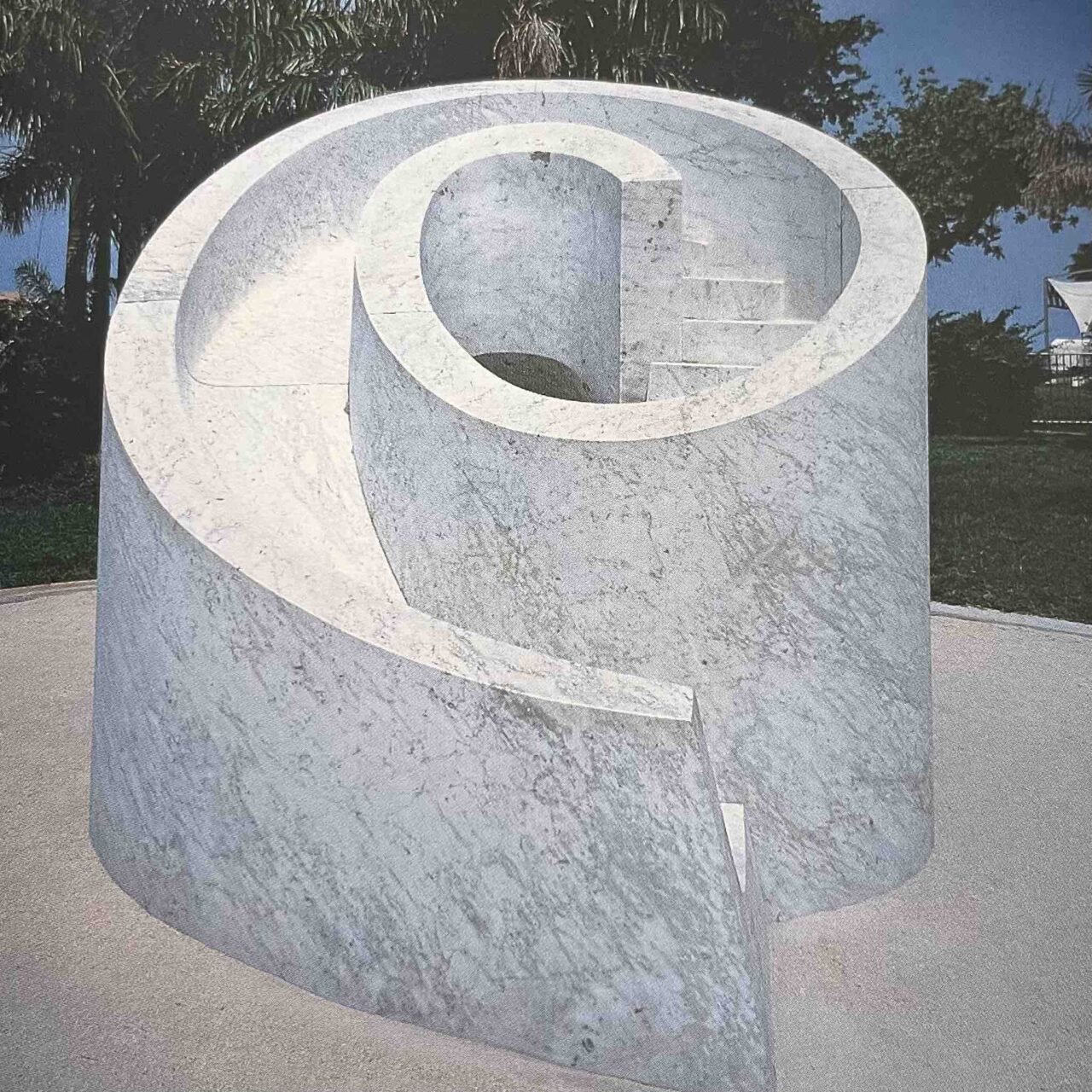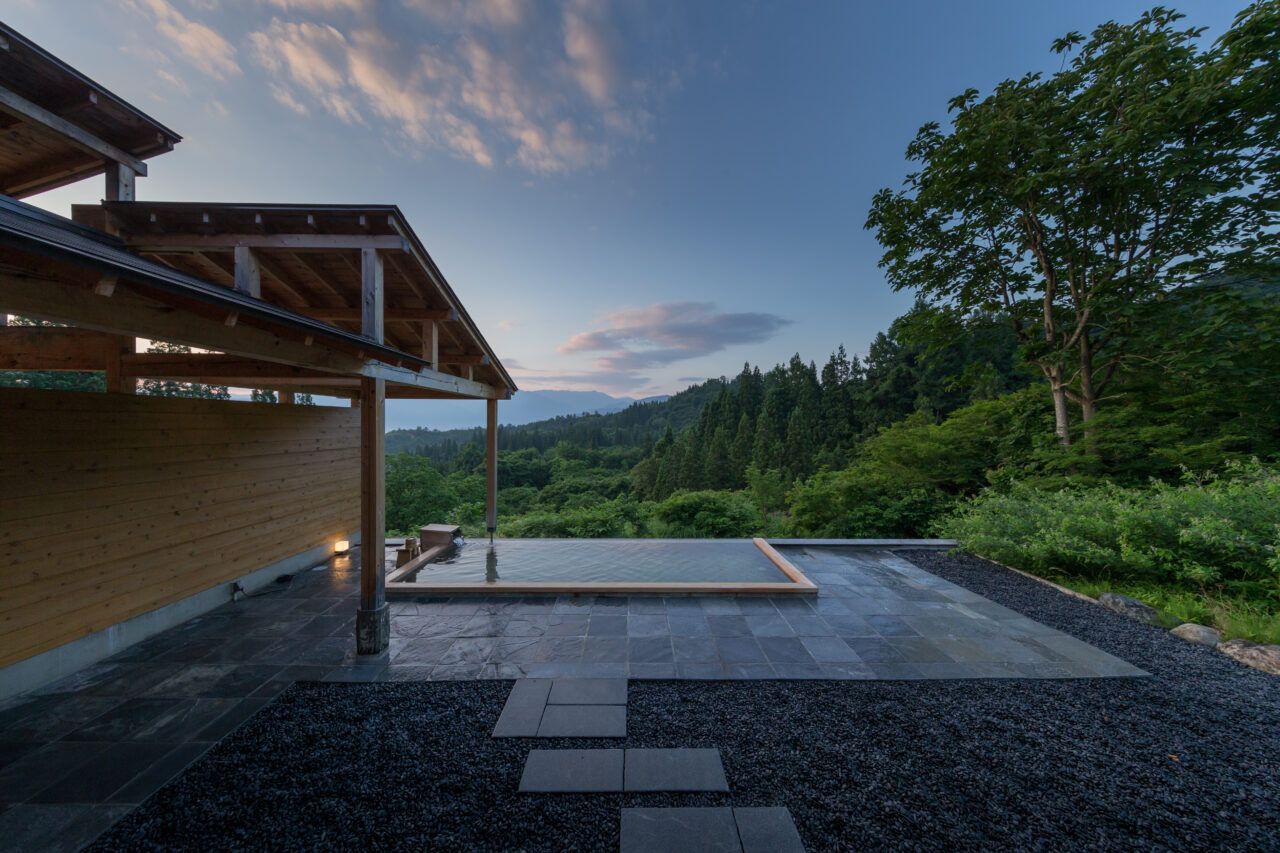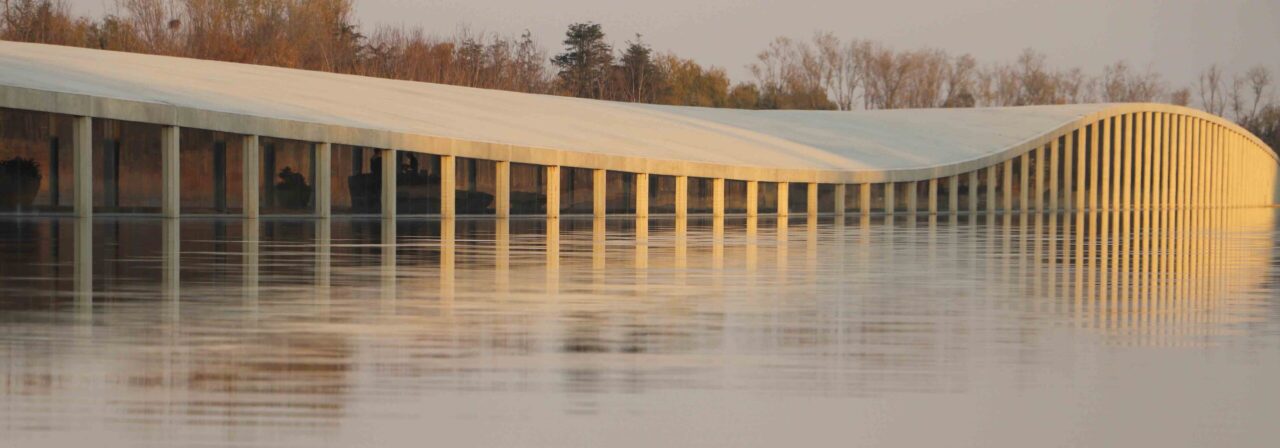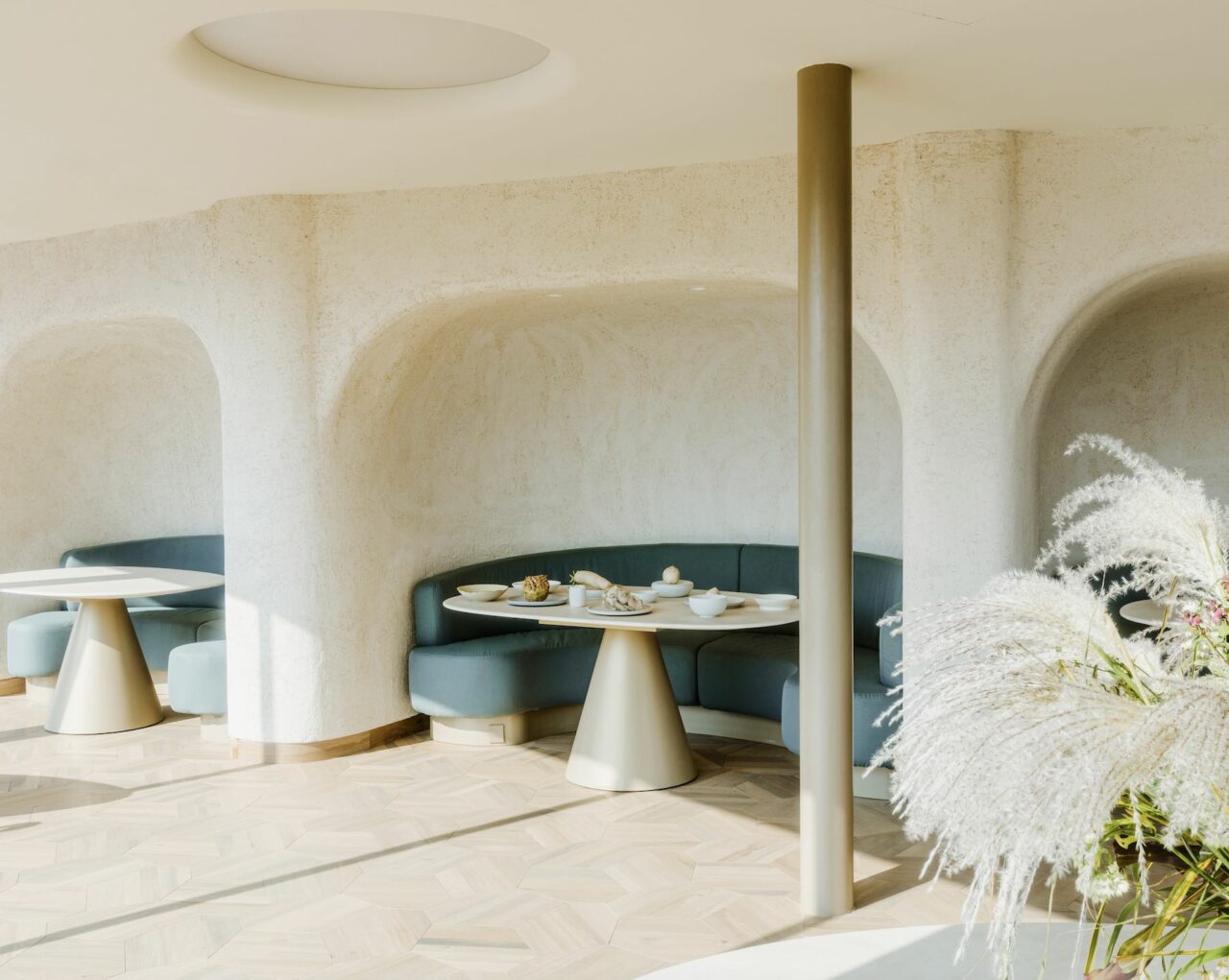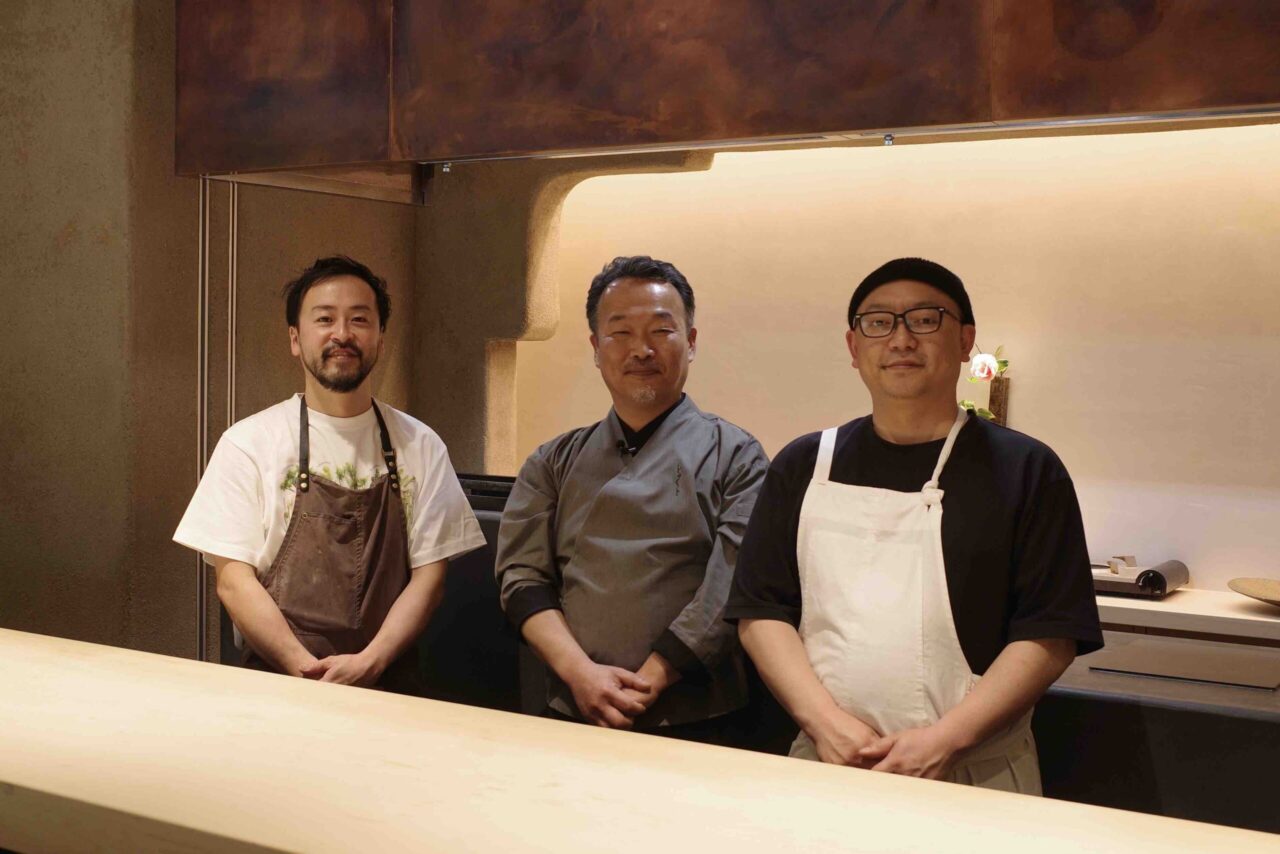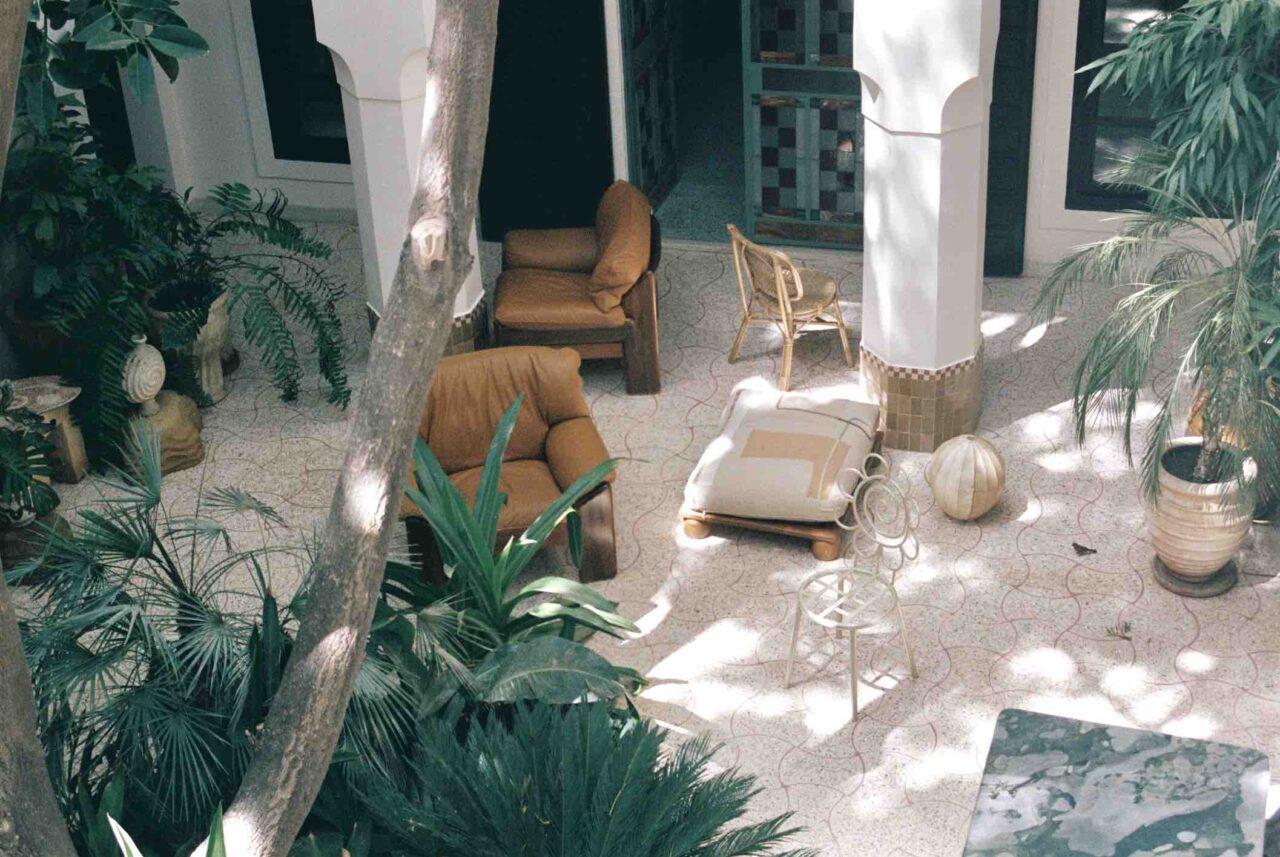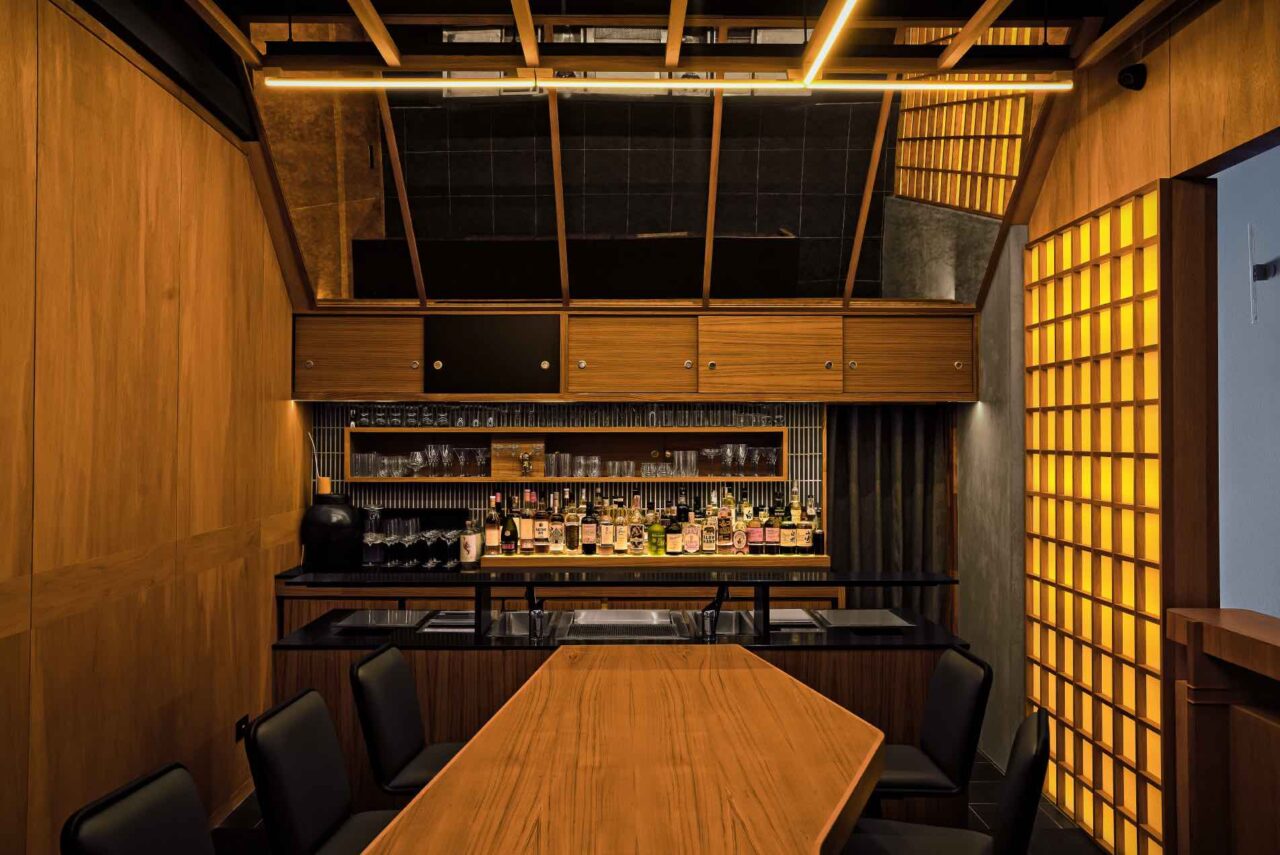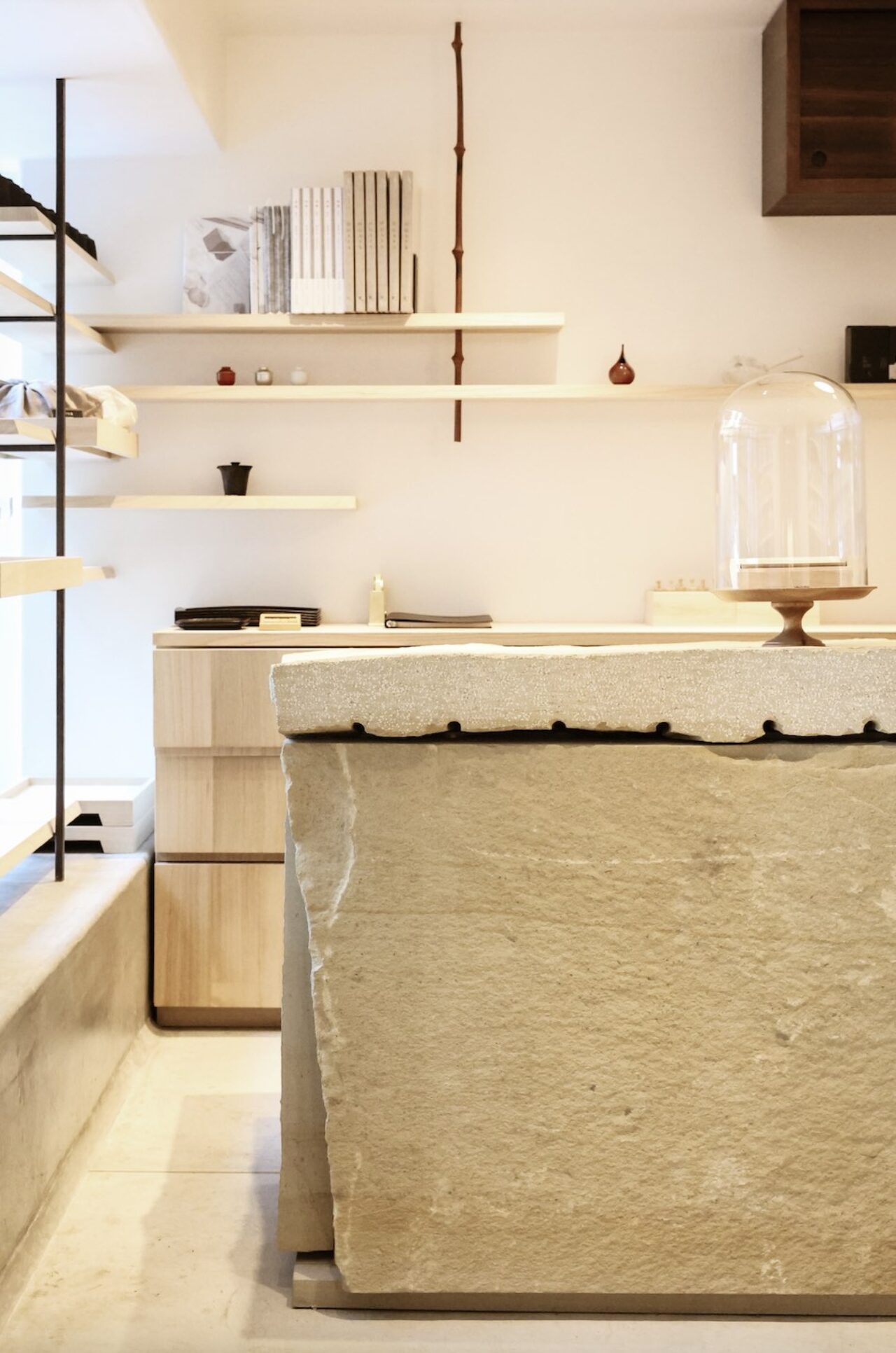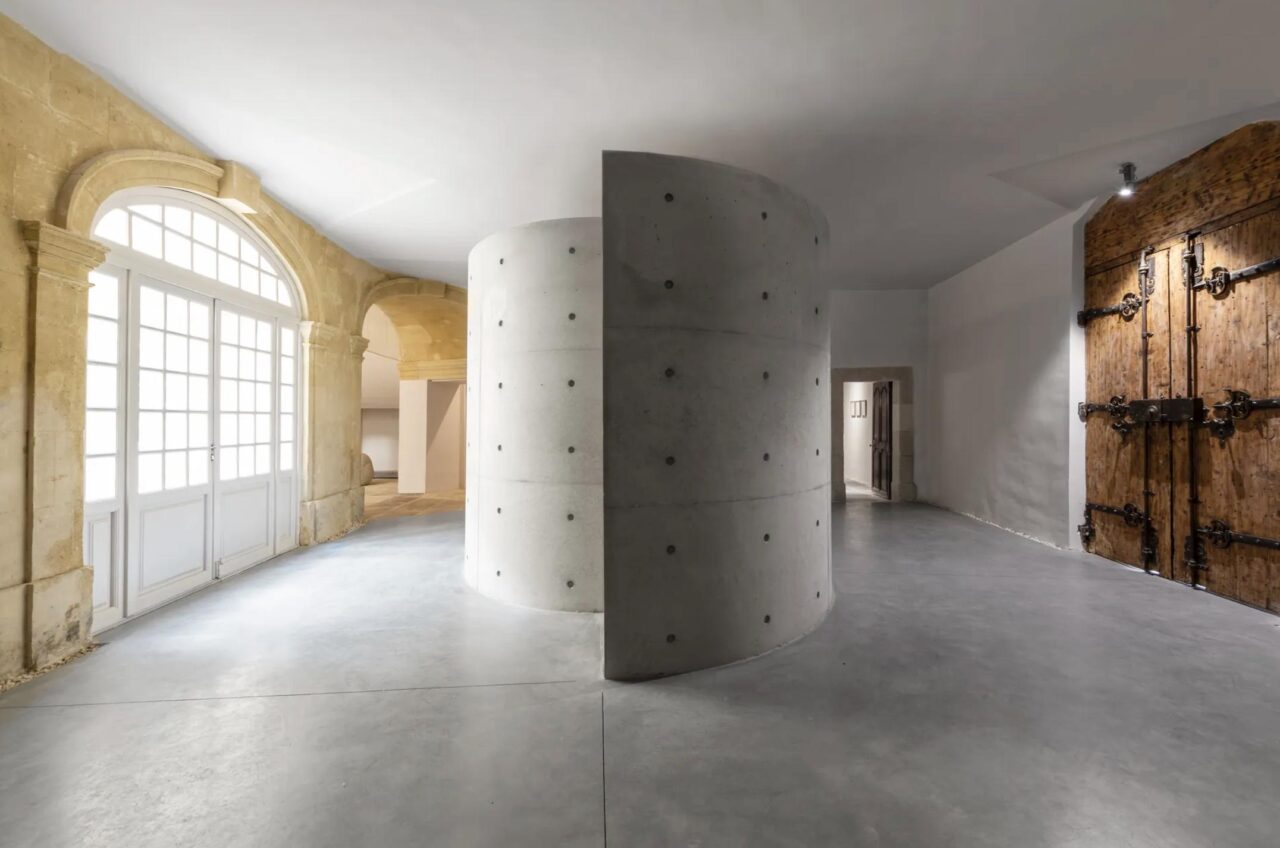HANAMURASAKI
A Historic Ryokan In One Of Japan’s Famed Onsen Towns Sees A Modern Emergence

Visiting Yamanaka Onsen is a sight to behold, and one can only imagine how beautiful it would be to experience in each of Japan’s distinctive seasons.
Here, within the remote onsen town in Kaga in Japan’s Ishikawa prefecture, surrounded by mountains, the air is remarkably much sweeter. From morning dew on young leaves that glisten from the early sun to evening hotaru fireflies that glow at night during late spring — the serene every-changing landscape heightens the beauty of Japan’s poetic micro-seasons.
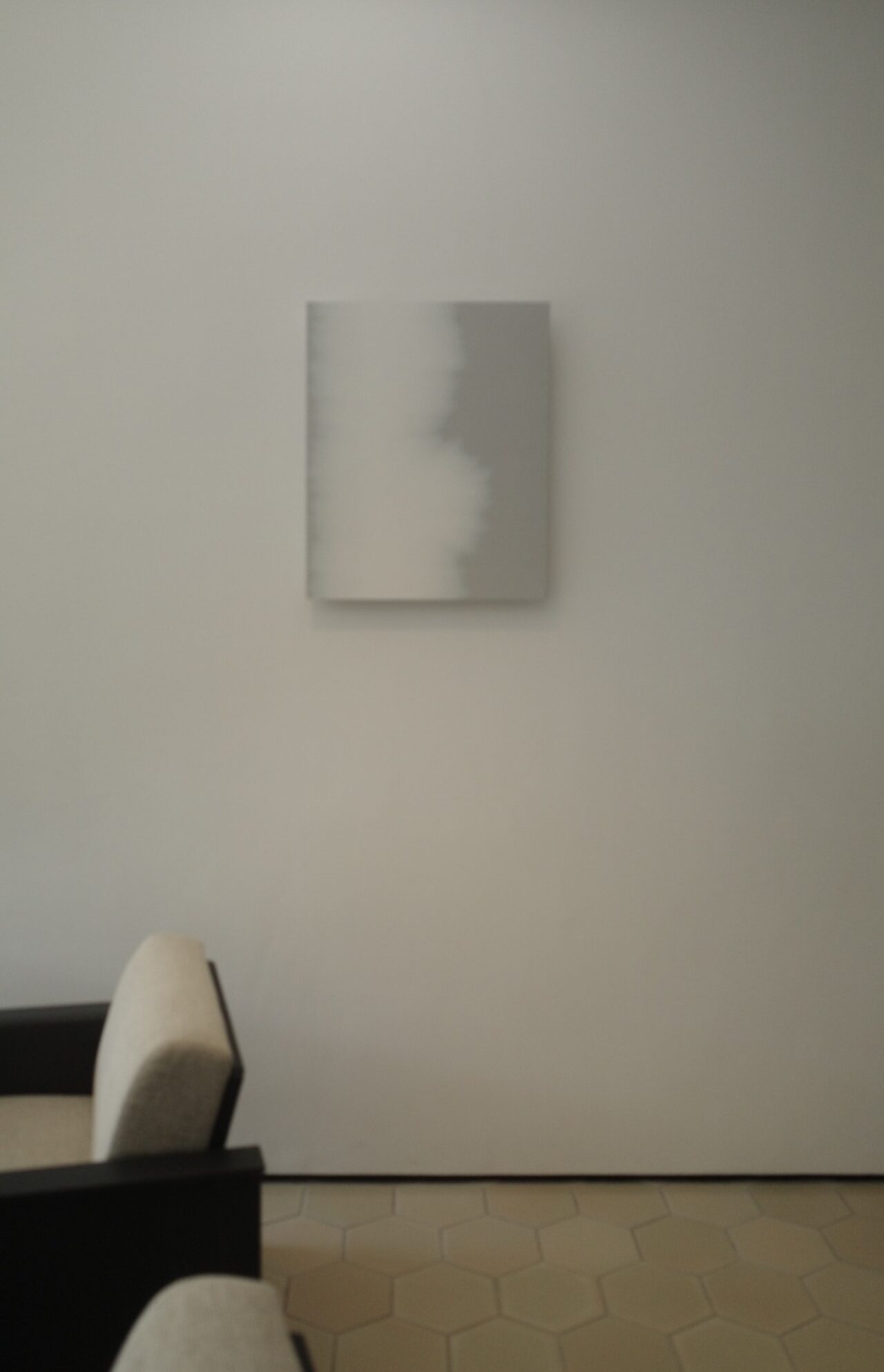

At Hanamurasaki — a traditional Japanese hot spring inn holding a history that dates back to 1902 — the past is connected with the future.
Positioned within Yamanaka Onsen, meaning ‘inside mountain’, Hanamurasaki is surrounded by mountains and lush greenery and is positioned along the banks of the Daishoji River. The unique location heightens the immersion in nature. Guests are welcomed by the garden entrance and invited to pass through the ryokan’s traditional noren curtain whereby transported to another world. All the senses are immediately expanded. Grey arai-dashi pebbled entrance flooring is met with an original Hanamurasaki incense — the scent envelopes the space — whilst your eyes are drawn to a spectacular wood and lacquer artwork by local lacquerware artist Eiko Tanaka.

Built in 1984, the historic building’s recent renovation executed in 2022 sees a modern reinterpretation of sophisticated hospitality and luxury design.
Across seven floors, the property now features a renovated reception area, tea salon, gallery space, retail counter and new contemporary Comfort Suites equipped with open-air hot spring bath and sauna (with additional Designer Suites set to open later this Fall) alongside the ryokan’s exisiting traditional Japanese-style guest rooms throughout the upper floors. From each room, guests have a direct view onto the Kakusenkei Gorge from all rooms just metres below the building. The river’s gentle rush of spring water providing a reminder of the region’s abundant offering from the surrounding mountains.

Led by sixth generation owner Kohei Yamada with his wife Manami Yamada, the family-owned ryokan is a modest force to be reckoned with — their extensive legacy began in 1902 as one of the first properties to establish their own on-site hot spring source. Since over a century, the ryokan has continuously been adapting to modern times. Hanamurasaki’s new suites reflect the young generational owner’s modern reinterpretation of Japanese aesthetics and sensibility. Tiled flooring, darkened timber and patinated copper detailing drive each space.
Hanamurasaki’s ethos is led by the Japanese idiom of sanshi suimei, meaning ‘scenic beauty of pure nature and heart’. Manami Yamada explains, ‘it expresses a once in a lifetime encounter with a moment in nature, exactly what we would like guests to experience here.’ The subtle nuances in light and shadow in it’s modern design celebrates the subdued forms of Japanese design, allowing guests to immerse themselves in the gentle passing of time and heightening the unspoken dualities of Japanese architectural aesthetics within each space.

SUITES
The Comfort Suites are an expansive expression of visual calm. Comprised of a living room with sunken lounge seating with balcony, Western-style bedroom, expansive double-counter bathroom (with Aesop amenities), plus an indoor bathtub and sauna room alongside an open-air hot spring hinoki cypress wood or stone (dependent on room) rotenburo bathtub.
Facing the rushing gorge outside, is nothing short of awe-inspiring. The suite’s hot spring bath constantly overflows, completely pure and remains at a consistent flow and temperature.

The suite’s interconnected spaces are divided by dark timber sliding doors that both provide a sense of intimacy and openness allowing an elegant flow of space. Curves dominate the space — the mortar-clad walls, flooring and sunken lounge form a continuity that guide the minimalist interior with a silhouette of modern sophistication. Here the beauty is in the details — discover the soft floor actually embedded with textile, aimed to emphasise a textural sensation and a new interpretation of tatami flooring.
Our personal favourite feature in the suites? The local Takigahara stone utilised for the bathroom sinks and bathtub which has the identifiable naturally characteristics of spectacled green and blue which brighten when the stone is wet.
Creating a world within a world, Hanamurasaki’s suites include all the comforts — within the kitchen counter top find single-drip locally-roasted coffee and Japanese Kaga bocha (a local roasted twig tea) or a Noto Peninsula salted cider and local craft beer to enjoy in-room.


AFTERNOON TEA
At Hanamurasaki’s on-site tea salon Sabo, the ryokan partnered with Japanese tea specialist Shinya Sakurai of SABOE to lead a contemporary offering that presents both local and leading Japanese teas. Seasonal teas reflect the beauty of nature; in spring, find fresh blended tea with the tree bud of sansho Japanese pepper or kakiigori shaved ice in summer.
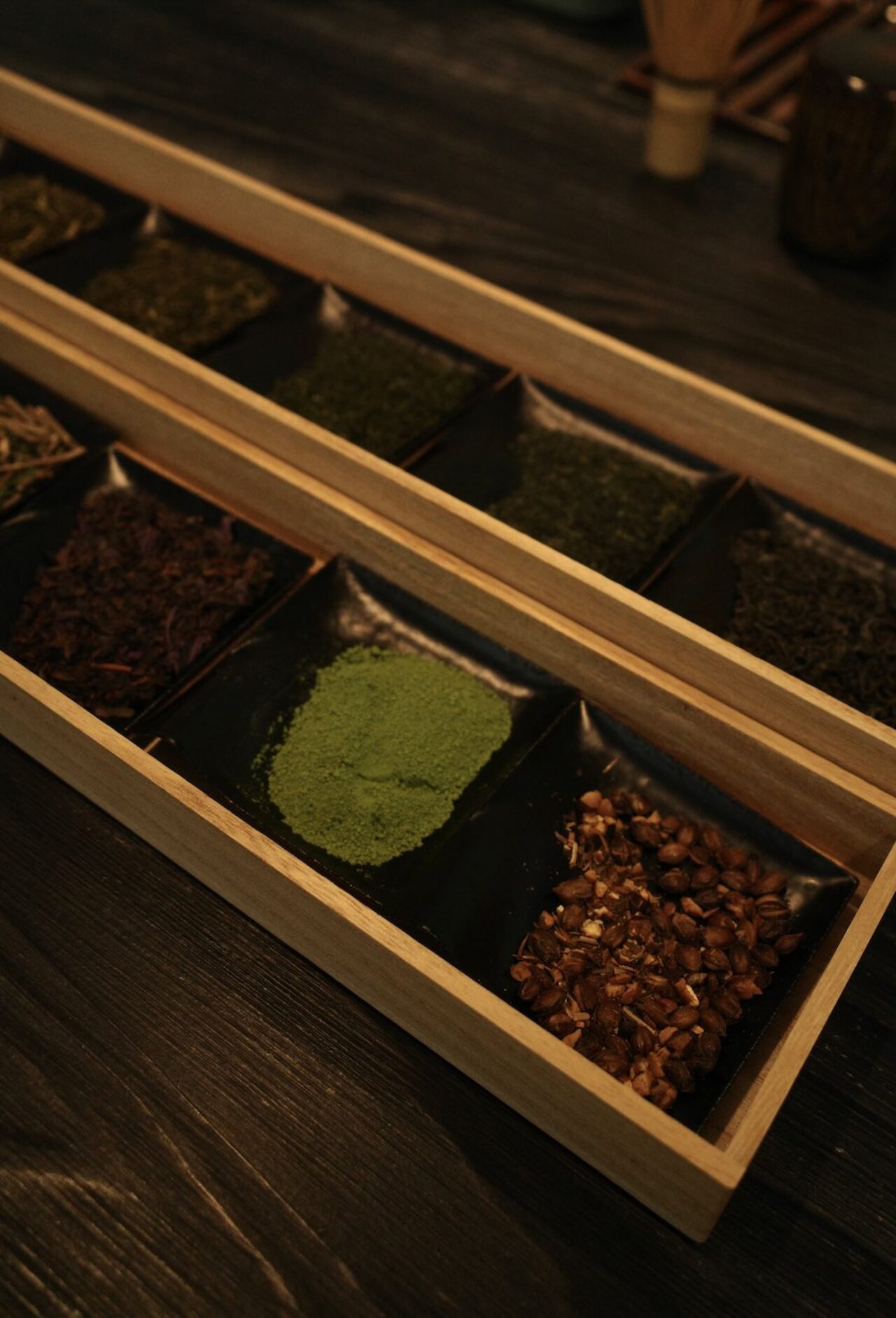
It’s quite a treat to enjoy in the remote Ishikawa destination, where guests can discover locally-grown green tea sencha sourced from a neighbouring tea field — delicate yet crisp with balanced umami. Or bocha, Kaga’s roasted twig tea prepared in-situ with a smoky aroma that fills the space.
Each tea has been specifically selected to pair with the salon’s Afternoon Tea, presented on custom tableware curated by owner Kohei Yamada that includes an original three-tiered stand and ceramics created in collaboration with local artisans.

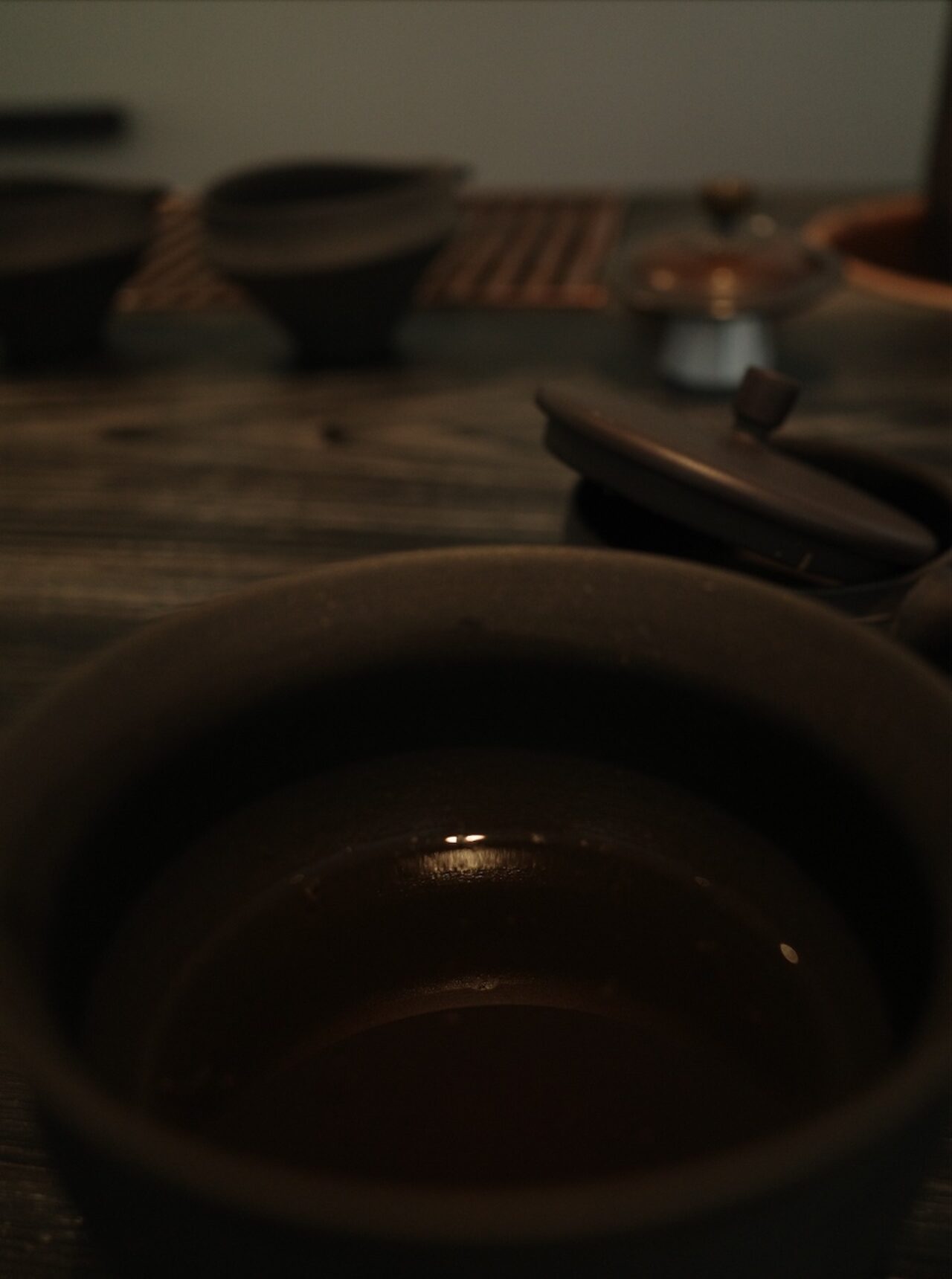

Expect to be inspired by their Afternoon Tea menu, each dish is an amalgamation of traditional Japanese cuisine and values with a modern take.
From a classic slice of exquisite dashimaki egg omelet to vegetable sushi (pickled myoga Japanese ginger in sweet vinegar, pressed lotus root with kombu seaweed, new lotus root and dried mullet roe), to reinterpreted Japanese sweets — a classic monaka wafer sweet features cream cheese and miso-sweetened red bean paste, whilst the local bocha Kaga roasted twig tea was utilised for the canelé — typically a French pastry flavoured with rum and vanilla.
The tea salon interior features a sublimely textured Japanese washi paper ceiling from Noto Peninsula in Ishikawa and a stunning sculptural artwork by Jun Tanaka. In the lounge, woodworker and lacquerware artist Kohei Ukai’s organic timber forms carve a demanding presence in the minimalist space.

DINING
Seasonal kaiseki cuisine or a la carte menu is led by Hanamurasaki’s Executive Chef in the ryokan’s main restaurant, a stunning space with a Japanese washi-led interior filtering natural light and wide glass windows offering expansive views of the nearby gorge. Hanamurasaki’s kaiseki course menu pursues a local terroir-focussed narrative and excellent sake pairings from the region.
Kaiseki is a traditional Japanese multi-course meal often referred to as a ‘meal in harmony with nature’ and one that Hanamurasaki has perfectly crafted. Beginning with sakizuke starters (sesame tofu, sea urchin, junsai edible laver, wasabi with corn and yuba soy milk, mozuku seaweed, ginger, micro tomato in vinegar) to owan clear soup with steamed Ishikawa hairy crab fishcake, shiitake mushroom, tsuruna spinach and yuzu citrus.

A further procession of dishes includes sashimi, to takiawase (steamed custard dish), yakimono (grilled dish) sunomono (marinated dish) and the course’s shiizakana main dish of Noto beef — a top-ranking kuroge wagyu beef from Noto Peninsula, sumptuous and tender — prepared with local asparagus, tomato and wasabi Japanese horseradish. Concluding with dessert of warabi-mochi bracken starch covered in kinako soybean powder and served with kuromitsu black sugar syrup. A sweet yet light and delightfully balanced end to the dining experience best described as an Ishikawa region dining masterclass.
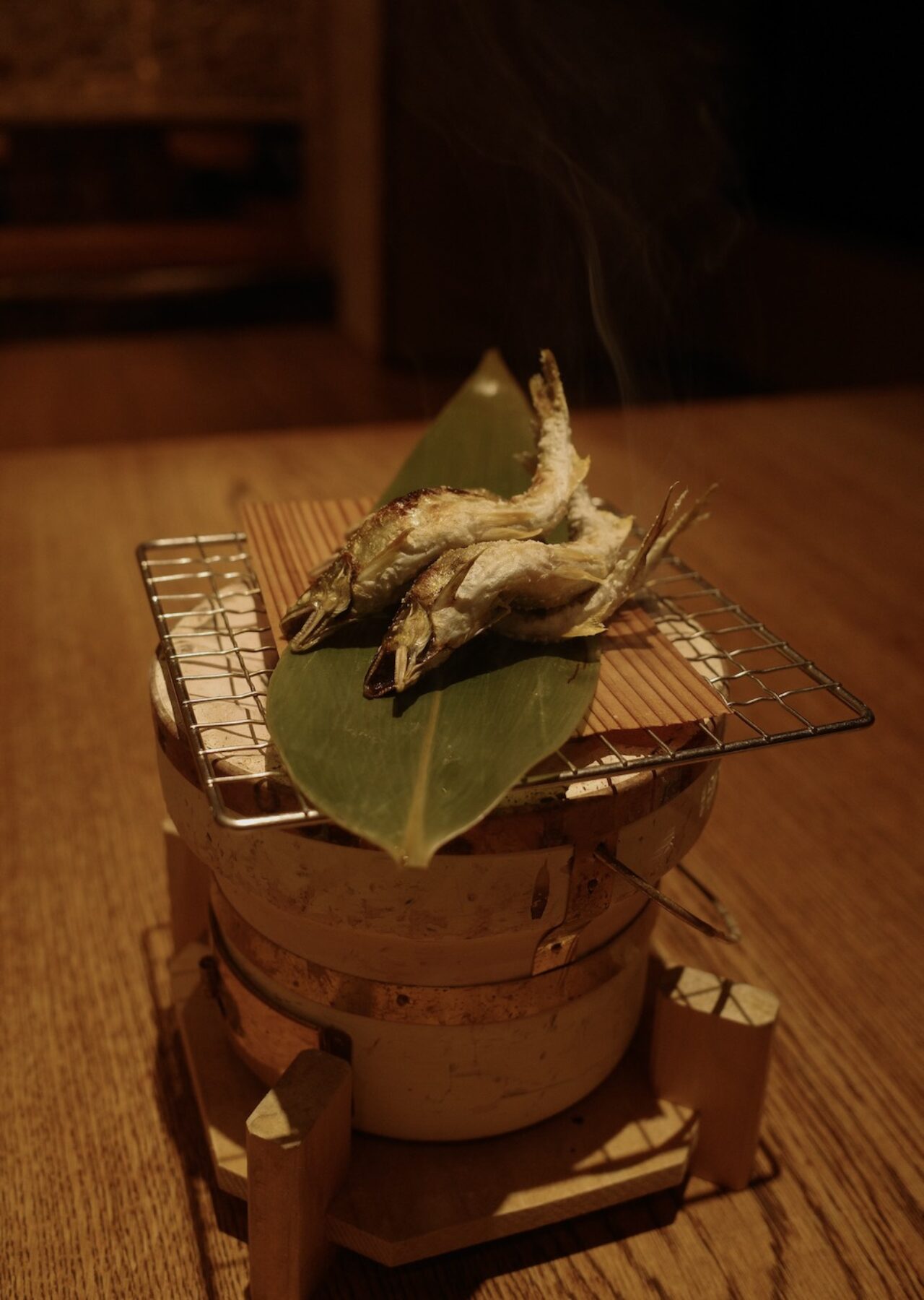
For breakfast held in the same dining space, guests can select between Japanese or Western-style breakfast, both of which are adapted to seasonal ingredients each day.
Japanese breakfast is presented as a picturesque spread, complete with seasonal mix juice, side dishes, fish, steamed vegetables, a perfectly-crafted voluptuous and flavourful Japanese omelet, rice, miso soup and Hanamurasaki’s signature roasted green tea canelé.


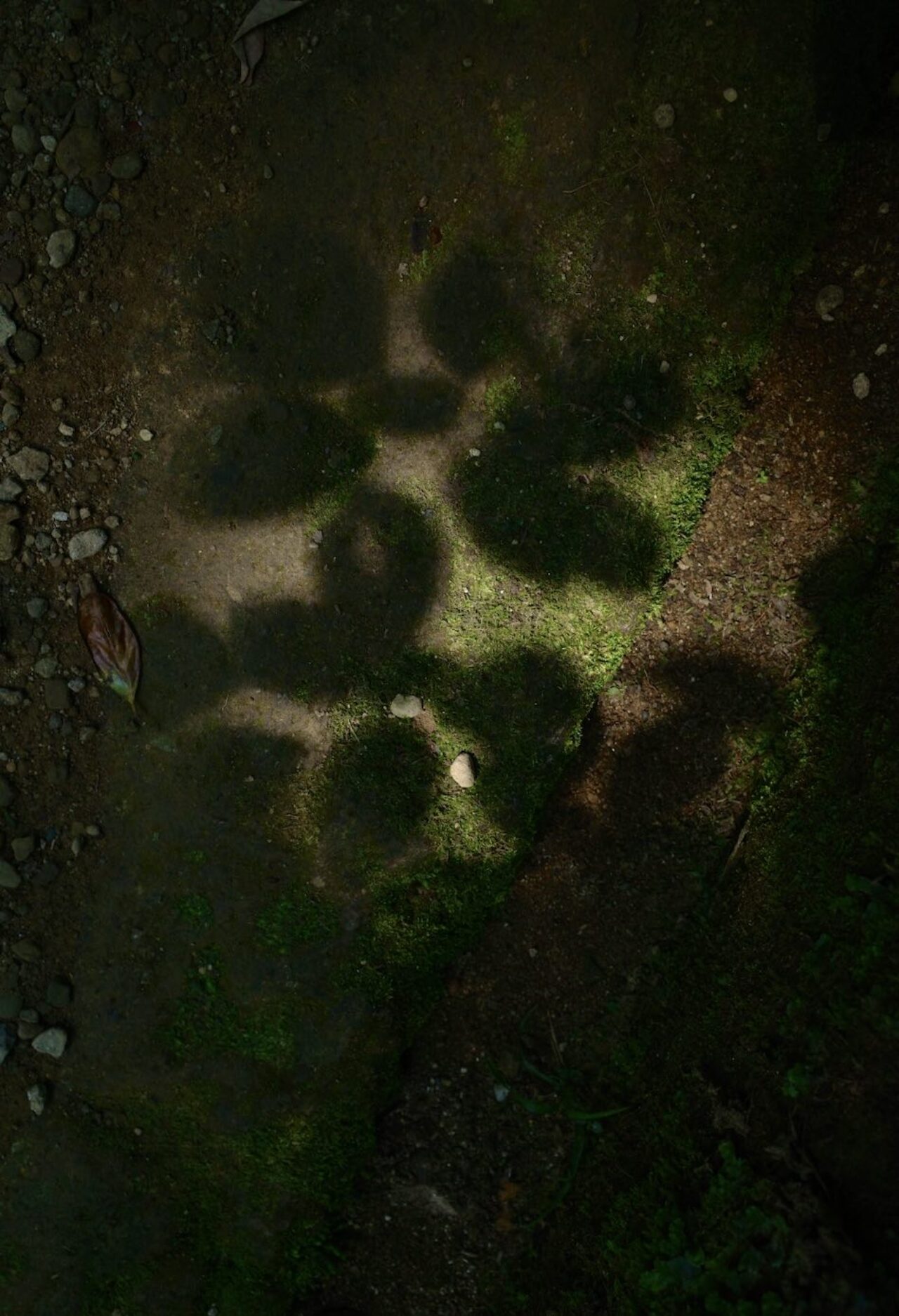

NEIGHBOURHOOD
Surrounded by pure nature with vast, tall mountains, deep forests and rushing streams, Hanamurasaki’s key location within Yamanaka Onsen reflects the town’s 1,300-year history. Hanamurasaki boasts the local landmark Kurotani Bridge beside their building — the stone arch structure is completely charming at dusk and perfect to capture a photograph in wearing a yukata robe.
A scenic walking 1.3km trail along the Daishoji River begins just at the foot of Hanamurasaki’s entrance, perfect for a casual stroll to witness the stunning valley and its unique rock formations. The path also crosses key sites such as the Basho-do Hut, an all-timber structure honouring the haiku poet Matsuo Basho, and Higashiyama Shrine dedicated to Kokuzo Bosatsu the Bodhisattva of Lacquerware Art and Koretaka Shinno the father of wooden art — both regarded as the gods of Yamanaka Lacquerware.
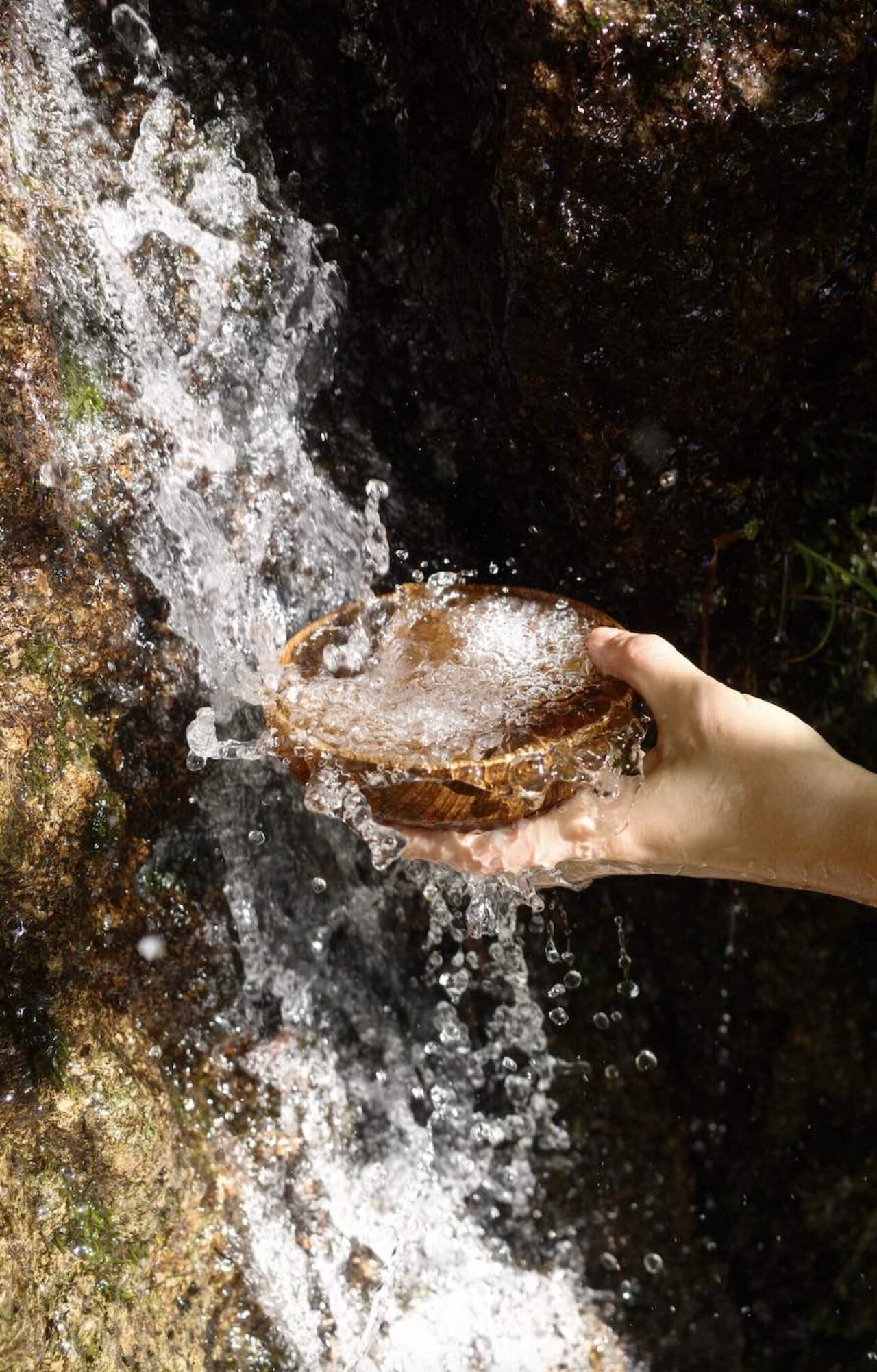

OWNER TOURS
In the local town of Yamanaka Onsen, community is key. Hanamurasaki’s close relationships with local woodturners, lacquerware artisans, potters and farmers allows them to open private doors for guests that would typically remain inaccessible.
The ryokan offers Owner Tours led by Kohei and Manami Yamada guiding an insight into the town’s culture and tradition, such as ‘Meikeigama Kiln Tour and Matcha Experience’ in a 4th-generation potters studio, to ‘Kintsugi Workshop at Yagi Kintsugi Studio’ or a half-day ‘Local Crafts & Art Tour’ with owner Kohei Yamada. Dependent on individual interests, a custom itinerary can be personally developed to suit all needs.
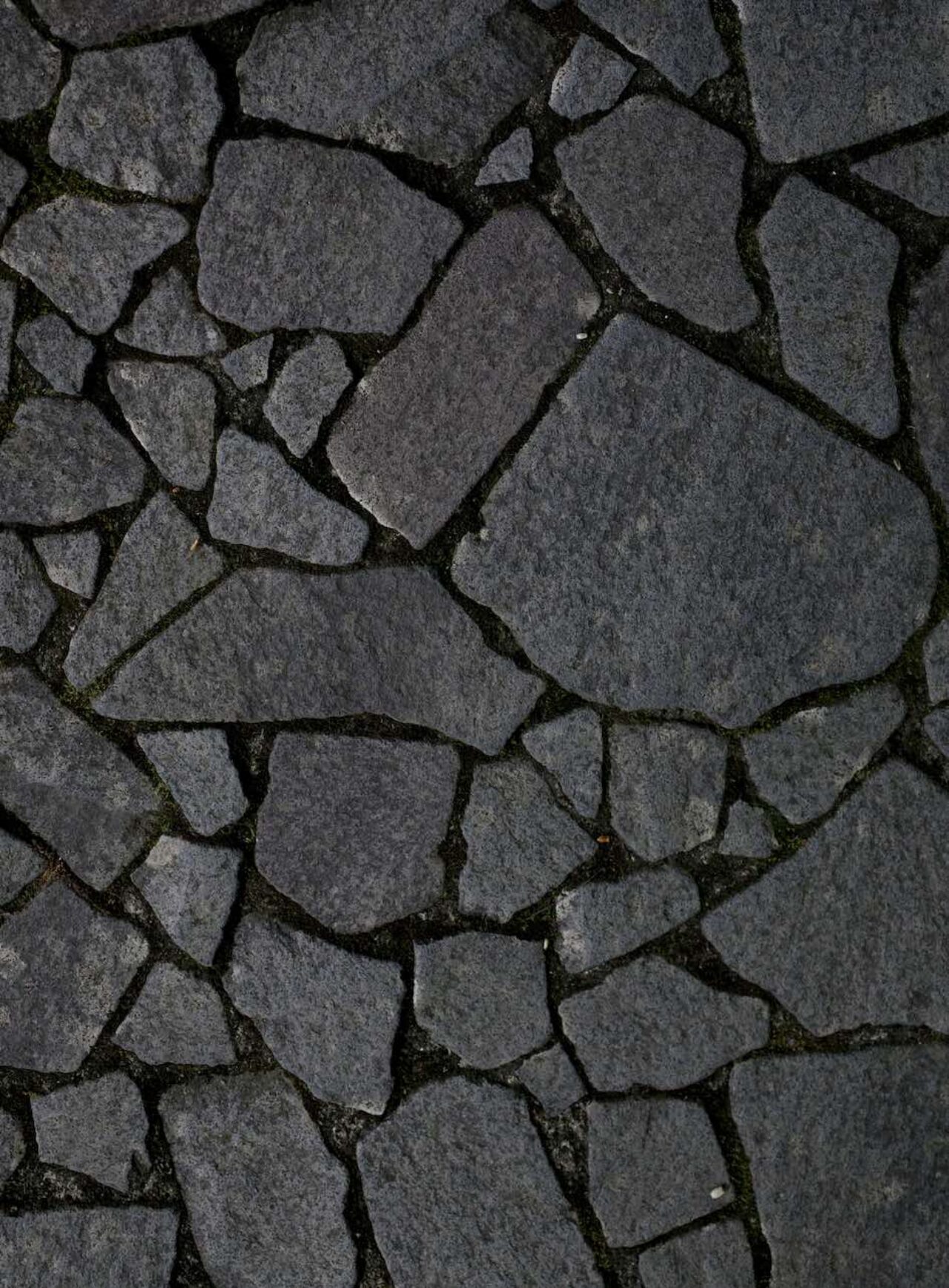
OUR VERDICT
The experience at Hanamurasaki can be summarised with Kohei Yamada’s sense of omotenashi (hospitality) at his ryokan. ‘I want to convey Japanese culture with [a] modern essence.’ He adds, ‘We don’t just want to be a ryokan, we are a culture salon, that is our concept’. He hopes to inspire guests to ‘come to our ryokan, take back some ideas through the stay’, championing the local region and what makes it truly so special to visit. At Hanamurasaki they study local history, neighbouring artisans and generate an unforgettable stay for guests to this quiet but quaint town full of hidden gems waiting to be discovered.


Hanamurasaki
1-Ho17-1, Higashimachi Yamanaka Onsen,
Kaga, Ishikawa, Japan
922-0114
Discover more design destinations in Ishikawa and Japan here.
Text: Joanna Kawecki
Images: As credited Renee Kemps for Hanamurasaki and Champ Magazine©







